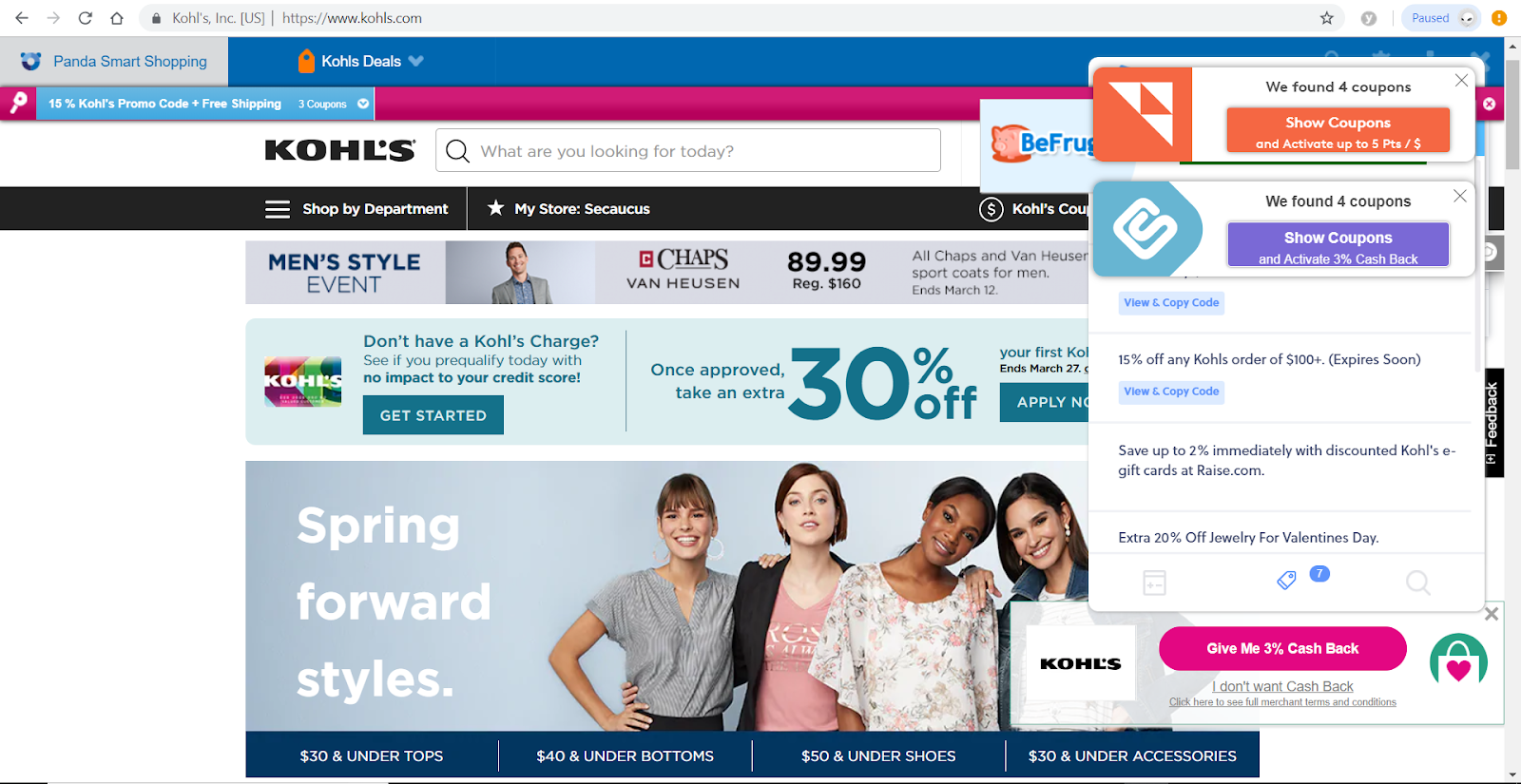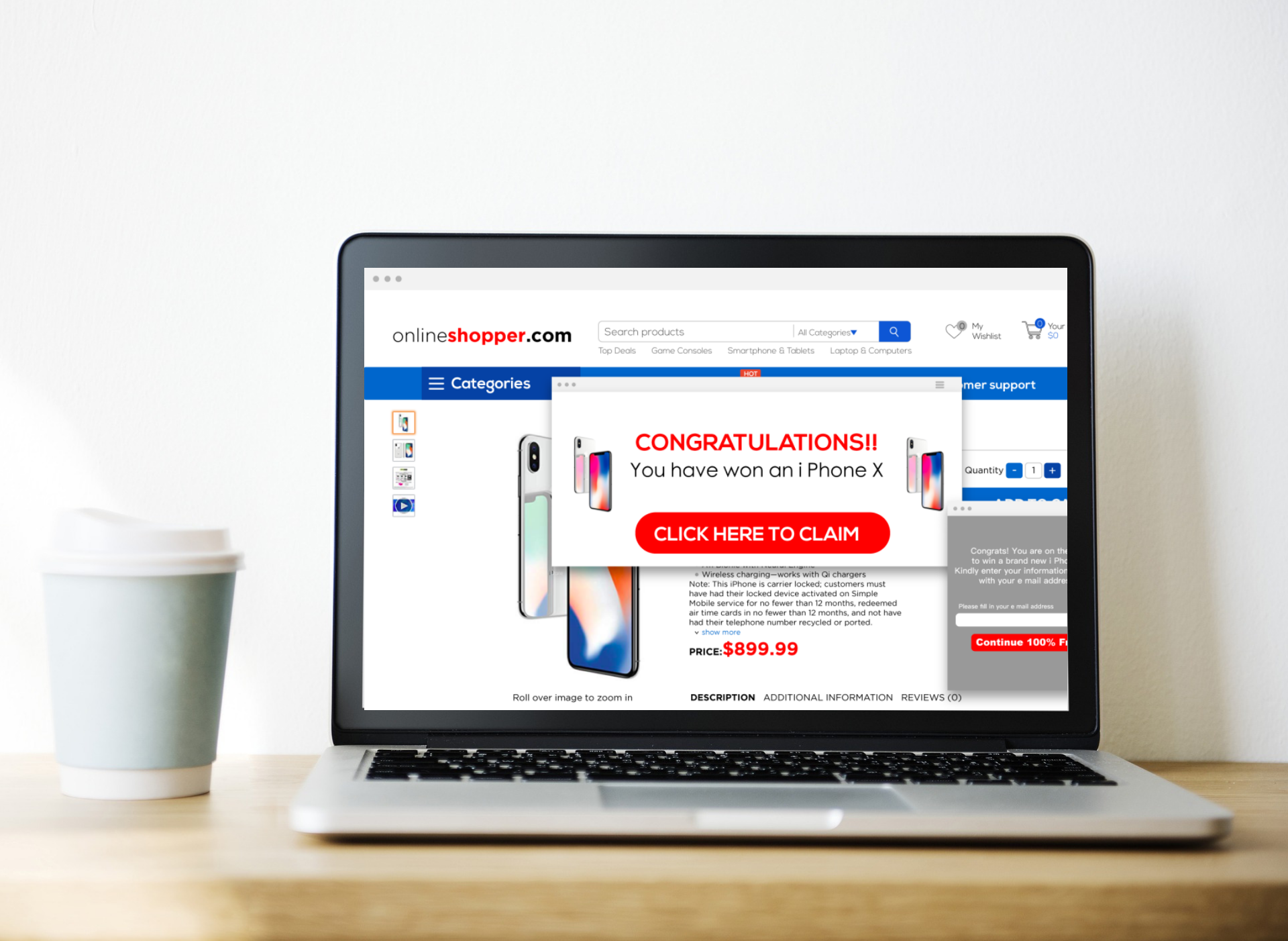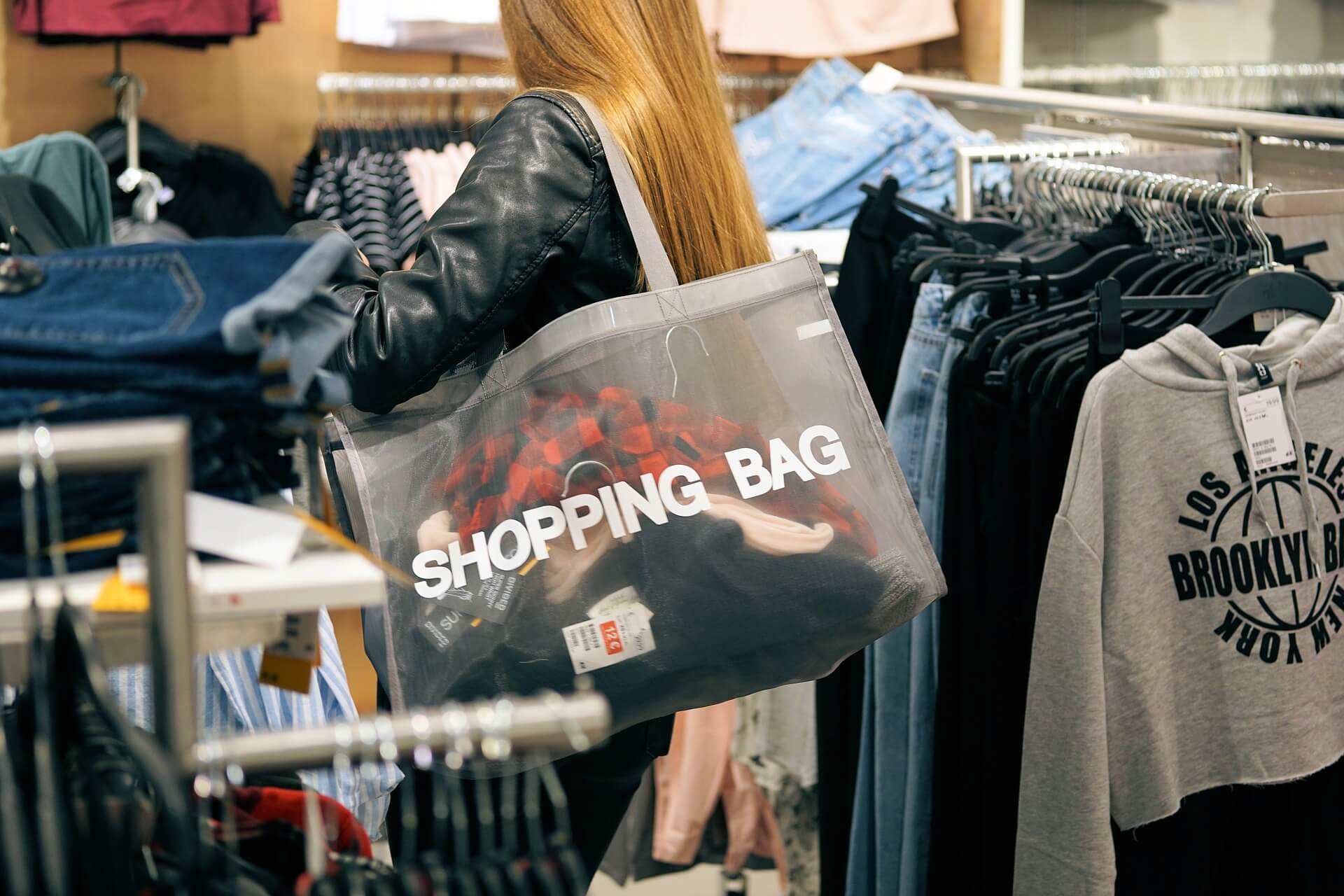Research establishes that affiliate marketing programs drive 16% of all online orders. But what if we say that these affiliates could be charging you for sending back your traffic?
Or converting a shopper who was already on your store and just about to complete check out?
Before you dismiss what we’re saying, let us explain.
Needless to point out, customer acquisition is one of the biggest challenges for online stores – no matter how big the brand is. The cost to acquire a customer is skyrocketing by the day. Retailers are continually looking for ways to appeal to their target market – especially their price-sensitive customers.
That’s where affiliates come in.
Considering that paid search drives only 20% of online orders and organic search accounts for 21%, saying yes to affiliates is definitely a smart move. Their sites are updated with new coupons from different stores every day, making search engines index them more frequently. Ranking higher on search results for ‘<brand name> coupon’, they definitely drive a lot of traffic to online stores.
But it’s not all rosy as them hosting your coupon and sending customers to your store.
Are your affiliates costing you double?
Affiliate fraud is more common than you think and it could be ruining the price-sensitive shoppers’ experience.
1. They are advertising on your site
Yes, that’s right.
Coupon affiliates are permitted to promote your coupons on websites, emails, social media, and other channels. But some malicious players flout the rules and inject promotional ads on your site itself. The worst being, you don’t even come to know!
These ads are created by browser apps and extensions. They are designed to blend in so perfectly with your store, that they look like they’re being run by you. It’s only when the shopper clicks on them that they are redirected to the affiliate’s site.
Here’s what the promotions look like:

Now, this does two things:
(A) It increases the number of steps a shopper needs to take to complete a purchase
The shopper searches for a product on your store, adds it to his cart, clicks on the promotions, gets redirected to another site and then needs to come back to your store to complete the purchase.
In some cases, the shopper will drop the idea of purchasing the product and in other cases, the affiliate will charge you for sending back this shopper to your store.
(B) It ruins the shopping experience for your customers
Today’s consumers want to be able to make purchases on the go. They don’t want to spend hours looking for products or completing a purchase.
Similar to how a slow load time impacts your store’s conversions, the redirection to another site compromises the shopping experience you want to offer.
Imagine having to move back and forth between two sites after you’ve reached checkout just because of a coupon. Chances are that you’ll leave the purchase for later or drop the idea altogether.
2. They are still hosting outdated coupons
Here’s what a typical shopper’s journey looks like.
They come to your store. Search for products they’re looking for and add them to the cart.
Now before they actually complete the purchase, they head over to the search engine to look for deals they could avail.
This takes them to your affiliates. From there, they copy-paste the coupons that interest them and head back to check out. In some cases, they are able to avail the discount immediately. But in most cases, they’re displayed one message – INVALID.
Now while you’ve asked your affiliates to share your ongoing offers, chances are that they’re still hosting the older ones. It could simply be because they haven’t updated their site recently.
In this scenario, imagine the shopper’s frustration.
They find the product they want and are about to make a purchase. They excitedly come back with a coupon and see it is invalid. They try again and it’s the same message that they’re shown.
What would you do? Most likely, abandon the cart.
You’re not just losing a sale, but you’re also being charged twice. Once for the shopper clicking on the affiliate ad on your site and once when they use a coupon from the affiliate site successfully.
So should you stop affiliate marketing?
Of course NOT!
Affiliates still hold a dear place in every brand’s marketing strategy and account for a considerable number of sales the store gets. Simply because shoppers are always looking for better deals.
As per a survey by RetailMeNot, two-thirds of consumers have “made a purchase they weren’t originally planning to make solely based on finding a coupon or discount”.
Love for discounts, freebies, and coupon offers is never going to die. That’s why about 15% of your shoppers come from affiliate sites.
You can’t stop a user from being lured to or for hunting better deals and discounts. But you can do two things:
- Stop your affiliates from luring away your traffic and then charge you for sending them back.
- Identify price-sensitive shoppers and engage them with targeted on-site promotions to ease shopper frustration.
Let us explain how you could do both the above.
For the first, let’s take the example of Footwear etc.
The leading shoe brand couldn’t identify what was luring shoppers away from their site. An A/B test with BrandLock showed them the promotions that were being run on their product pages. They instantly knew what they had to do to increase on-site conversions. Remove these distracting ads from affiliates that seemed like their own.
With Shield, Footwear etc. removed these browser injected ads before they could even target the shoppers. Easing shopper frustration, the store immediately increased conversions and sales. (Read the complete case study here)
Now for the second – engaging your price-sensitive shoppers.
It’s important for online stores to understand how shoppers are interacting with their pages.
Engage tracks their activity, identifies and segments visitors who continually leave your site to look for coupons. It then gives you the window to engage these price-sensitive shoppers with targeted offers.
Not only do you stop these shoppers from heading over to affiliates, but you also make it easier for them to find your ongoing offers. A win-win situation for you and the shopper!
Increasing your sales with affiliates and on-site conversions
Did you know that having a coupon on your website could get 75% of your visitors to increase their average order value by $40?
In fact, price-sensitive shoppers love being able to bag a good deal. Chances are if offered a discount or a coupon on an online purchase everyone would use it. 81% of Americans say a great offer or deal is what they look out for throughout the entire shopping journey.
The numbers don’t lie and affiliates do make for a core strategy for eCommerce growth.
But with an increasing number of brands that online shoppers can choose from, it is important to create a strategy that appeals to all segments.
The experience shoppers expect a seamless experience on your site. They want to be able to find products easily and complete the purchase in a matter of minutes. No distractions and definitely no redirecting them to another site for coupons.
Then there will be coupon shoppers. No matter how much of a discount you’re offering, they’re going to seek more deals. All you need to make sure of is that they first explore ongoing deals on your site itself. After that, it is really up to them to search for more discounts on other sites.
But the one thing you can do is make sure your affiliates are driving new traffic to your site and not just sending back your own.
Are you being charged double by your affiliates? Let’s check together!







